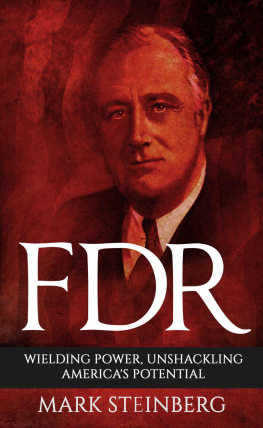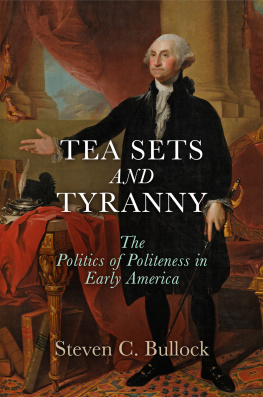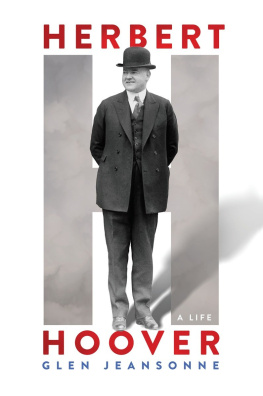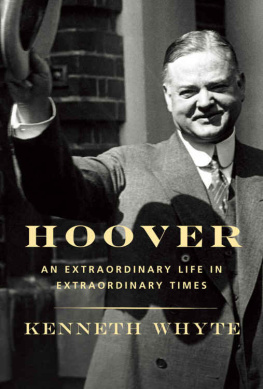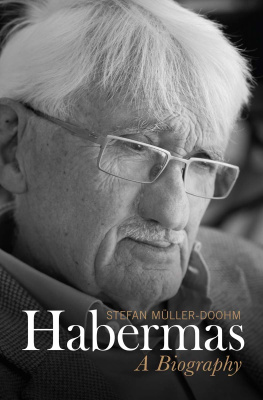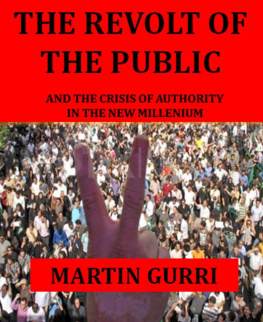FDR: Wielding Power, Unshackling America's Potential
By Mark Steinberg
Copyright 2017 WE CANT BE BEAT LLC
Table of Contents
Introduction
Hollywood royalty of the 1920s and 1930s had cast both Herbert Hoover and Franklin Delano Roosevelt in pioneer efforts to use stardom and media for partisan ends in races for the presidential office. Cast among the millions of Americans who were dealing with devastating falling prices on farms, losing their homes, finding themselves victims to a treacherous Dust Bowl and an economic crash, Americans felt the effects of policies and decisions that these two Presidents attempted, despite how clearly history has been kinder to Roosevelt for the most part. There's no mistaking it. Many interpretations have oversimplified the most noticeable Hoover-FDR contrasts as a convenient matter of ideology and mindsets resulting in only one of them making concerted attempts to solve the political tragedies of the times. Circumstances, as a matter of fact, have overly painted Hoover into a Citizen Kane-like corner.
Have portrayals been merely partisan or accurately portray more effective policy outcomes that have helped FDR outshine Hoover? Did FDR's legacy and the connection he established and held with those most intimately affected indeed turn Hoover into the justifiable pail to kick over as the Dust Bowl and Depression pummeled grief-stricken farmers into a state of chaos? Or was Hoover a victim of circumstance inheriting a flawed situation that was unavoidable? One's very survival was a continual struggle, as the signs of the times threatened the American way of life. The amelioration of the threat involved the avoidable mistake that history won't forget: that Hoover underestimated relief needs. Yet, he did introduce relief that FDR would extend in far greater ways. And that, history has well remembered despite the New Deal's critics along with the lessons we can draw from it that inform our understanding of the challenges that both presidents faced.
As lives hung in the balance, it is unwarranted that redemption bestowed by future generations will simply pluck from the walls of history those who may have hoped for the best and saw natural occurrences where there were hurdles to be challenged using thinking outside of that which served normal circumstances. In particular, when those normal circumstances had been part of the problem that led to a false sense of security that could not go on unrestrained by large They may have called for more resolve and found that the relief they introduced did not go far enough. It is understandable and rational that people expected that their leadership would be adaptable to the time more than pursuant of their political convictions.
Notwithstanding, redeeming and flawed as presidents may be, we cannot solely base our understanding of history on accounts that simply prop up an image of a president that did nothing only to lose a bid for reelection to a Roosevelt that was ready and willing to bring Americans happier days. Although FDR would be lifted up on the spirits and hopes of the stars spurred on by the devastation of the Depression, Hoover had previously been made MGM's star pick for the 1928 election. Hollywood was learning how to play a role in American politics and not all of it was very pretty, despite the gorgeous stars like Mae West, Bette Davis, Ginger Rogers, Douglas Fairbanks Jr., John Wayne and Katharine Hepburn.
Beyond the glitz and glamor, the role of the movie industry expanded during this time, not only in influencing and swaying toward a preferred candidate, but also in depictions of the social concerns and political upheavals of the times. Yet many would be right to wonder if the illusion of the past that Hoover was to blame as he has been for the Depression was a mere entry point to understanding the real political disadvantages that were set in motion under the previous administration that he served. Image makers along with the press, their own public relations efforts, the dawn of the use of radio, and public opinion would lead to very different results for the two presidents.
Any biography that focuses on the life of FDR must also consider Hollywood's players in shaping the person that we consider him to be historically as we also consider the political and social conditions of the times that he faced, not just with a political slant as critic or cast itself as a supporter. In understanding what shaped FDR's image and build a fuller impression of the man throughout his life leading into his years in service as a president of the United States, it also helps to see what shaped Hoover, within the context of personal and professional achievements, failures and philosophies.
We will see history unfold and show at times what Hoover was doing, even if he seldom crossed paths with FDR, in order to recognize the more complex lives of these two leaders and how often it appears that we have learned only a fragment. Beyond these pages, there is still more to learn and encouraged but here we provide more than a contrast of two figureheads holding firmly to their parties. FDR was not just a reflection of his policies. Although his New Deal policies for some are one of the most divisive subjects in political circles currently, we'll consider what Hoover was hoping to achieve by policies that in fact precluded many of the policies that were adopted by FDR despite the depictions of Hoover as a laissez-faire president.
Many of the misconceptions of the times along with labels will be shed as we question whether Hoover was in fact a laissez-faire president. We search for answers to explain why FDR, who was left to deal with issues that were left unresolved by Hoover, appears through the course of history to seem better suited for implementing solutions that, simply put, better harnessed the protests of the times. Still, we will see that Hoover's relationship with protestors of policies and social conditions was more complicated than we have come to know. How history has related their service to the American people also comes into play in gaining an appreciation for who these men were and how they achieved the mindsets they established in crucial times of American history.
The times they were changing, but with the possibility of new ways to deal with the social problems of the time came extreme measures. MGM's conservative platform didn't stop at national politics but played a decisive and divisive role in Upton Sinclair's run for Governor of California in 1934 under his banner of End Poverty in California (EPIC) campaign . Fake newsreels that were played before movies deceitfully spun the story of Dust Bowl farmers and unemployed men who had truthfully arrived in California as a result of the Depression into bums who flocked to California as a result of Sinclair's EPIC plan. Sinclair himself would become so controversial a candidate, that FDR remained neutral during his political campaign. The fake newsreels involved MGM as producers and converted California's prosperous landscape into homeless encampments overrun by immigrants who became an economic and social burden on Californians.
The chance for redemption may not always find its way to historical figures like President Herbert Hoover especially given the shade that Franklin Delano Roosevelt cast on the man who presided during the misfortune after the Roaring Twenties. Yet, though he'd had a very different run of luck and left an earlier impression of being connected to fellow Americans before becoming president In terms of prominence, leadership style and an enduring legacy, historical accounts have relentlessly distorted the portrait of Hoover endlessly through depictions that emphasized the contrasts between him and Roosevelt. While a book about Roosevelt may not be considered the most obvious vehicle to complement the president that he replaced, it is remarkably a worthwhile opportunity, although an unusual one, to set the record straight in one place.
Next page
